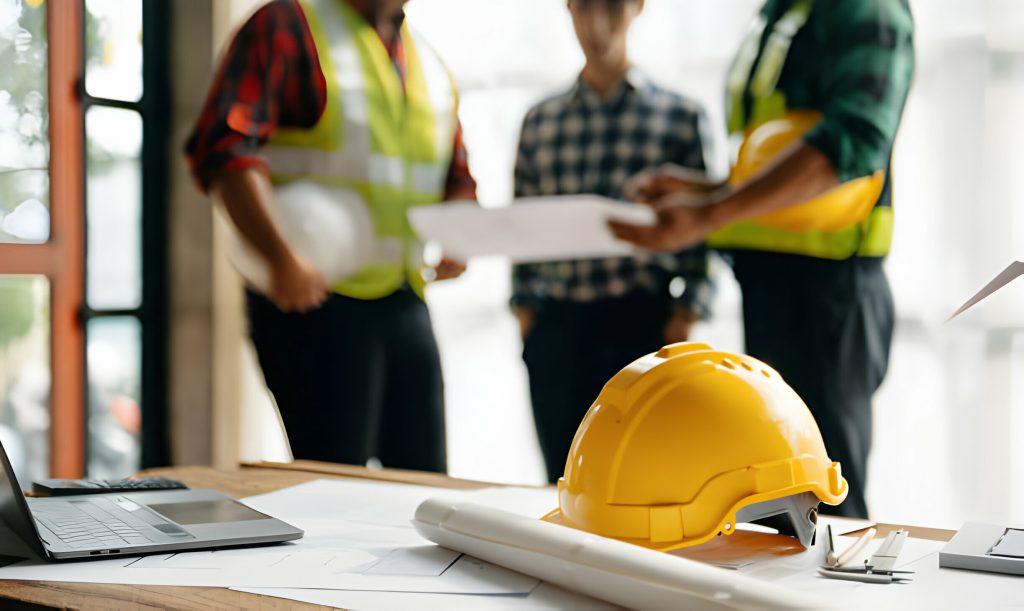The most common mistakes when repairing stoves and ovens: An overview of common mistakes and tips on how to avoid them
Repairing stoves and ovens is an important task to ensure their efficient operation and durability. However, this process can be difficult and fraught with risks, especially for those without sufficient experience. Many owners of stoves and ovens may encounter common mistakes when trying to repair them on their own, which can lead to deterioration of the equipment or even create dangerous situations.
In this article, we will review the most common mistakes that occur during stove and oven repairs and provide tips on how to avoid them. It is important to understand what steps to take to ensure safe and effective repairs, as well as when it is best to contact specialists for professional help.
Lack of understanding of the design and mechanisms of stoves and ovens
One of the most common mistakes made by craftsmen or owners of stoves and ovens during repairs is a lack of understanding of the design and mechanisms of the devices. This can lead to inefficient repairs or even deterioration of the equipment. For example, incorrect connection of electrical or gas components can cause a short circuit or gas leakage.
To avoid such situations, it is important to study the operating instructions provided by the manufacturer. The instructions contain detailed descriptions of the design and mechanisms of the stove or oven, as well as recommendations for maintenance and repair. Before starting any repair work, you should read the manual to understand the appliance and its components.
Failure to follow safety rules is another common mistake when repairing stoves and ovens. The greatest risks arise from the lack of protection against electric shock or gas leakage. For example, repairing an electric stove without disconnecting the power can lead to an electric shock. And when working with a gas stove, it is important to check for gas leaks.
To ensure safe repair of stoves and ovens, follow these guidelines:
- Always turn off the power before working on electric stoves or ovens. This will help prevent accidental electric shock.
- Check for gas leaks before repairing gas ranges. If you smell gas, stop working immediately and ventilate the area.
- Wear protective equipment such as gloves and goggles when working on stoves and ovens. This will help prevent injury and eye damage.
- Follow the safety instructions provided by the manufacturer for each specific appliance.
Following these safety precautions will help reduce the risks involved in repairing your stove and oven and ensure safe and efficient service.
Use of unsuitable parts for stoves and ovens
Using unsuitable or low-quality parts when repairing stoves and ovens can lead to serious problems. For example, parts that do not meet the requirements or are not compatible with a specific appliance model can damage the appliance or cause it to malfunction. In addition, low-quality parts may have a short service life, leading to repeated breakdowns and additional costs.
To avoid these problems, follow these tips for selecting replacement parts:
- Select oven replacement parts recommended by the manufacturer: Always check the manufacturer’s operating instructions and recommendations to ensure that you select replacement parts that are compatible with your particular stove or oven model.
- Check the quality of the parts: Pay attention to the reputation of the supplier and the availability of quality certificates to ensure that the parts meet safety and quality standards.
- Avoid using counterfeit parts: They may be of lower quality and may be dangerous. Contact a trusted supplier to purchase genuine parts.
Incorrect installation or assembly of the stoves and ovens
Incorrect installation or assembly of parts during the repair of stoves and ovens can cause serious problems, such as malfunctioning of the appliance, premature wear and tear, or even dangerous situations. Common mistakes include improper installation of parts, incorrect connections, or lack of proper fasteners.
To ensure correct installation or assembly of parts, follow these tips:
- Check the fit of parts: Before installing parts, make sure they meet the specifications and requirements of your stove or oven.
- Follow the manufacturer’s instructions: Follow all installation and assembly instructions provided by the manufacturer to ensure proper installation of the parts.
- Check mounting and connections: Carefully check that all parts are securely fastened and properly connected. This will help avoid dangerous situations when using the appliance.
- Perform post-installation testing: After completing repairs or installing parts, perform a test to ensure that everything is working properly.
Following these tips will help you avoid problems related to improper installation or assembly and ensure safe and efficient operation of your stoves and ovens.
Failure to follow the manufacturer’s technical instructions
Failure to follow the manufacturer’s instructions for maintenance or repair of stoves and ovens can lead to dangerous situations and shorten the service life of the devices. This is often due to disregard for the instructions or attempts to reduce repair time.
Here are some tips for following the manufacturer’s instructions:
- Read the instructions carefully: Read the operating and maintenance instructions before starting a repair to understand the manufacturer’s processes and recommendations.
- Follow the step-by-step instructions: Follow all steps in the instructions in the correct order to ensure proper repair.
- Do not modify the design of the device: When performing repairs, follow the factory settings and do not make unnecessary modifications to the design.
- Check the result: After completing the repair, perform a test on the device to ensure that everything is functioning correctly and meets the manufacturer’s specifications.
Conclusion
Repairing stoves and ovens requires a responsible approach, knowledge and skills. Mistakes made during repairs can damage the equipment or create dangerous situations for you and your surroundings. Therefore, it is important to be careful and follow the recommendations provided in this article.
Remember that the right approach to repairs will not only ensure the safe and efficient operation of your stove or oven, but also extend its service life. Contact a professional whenever necessary to avoid mistakes and ensure quality repairs.






